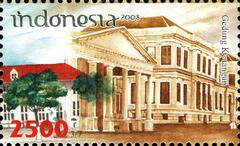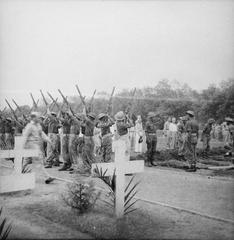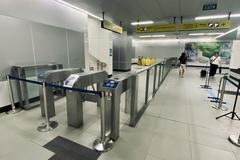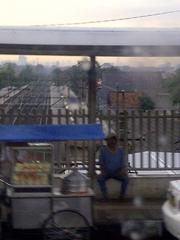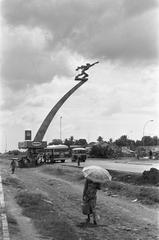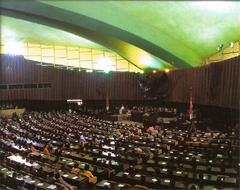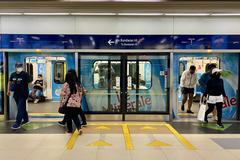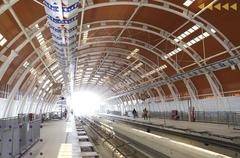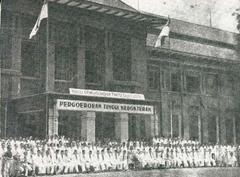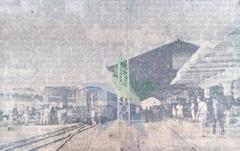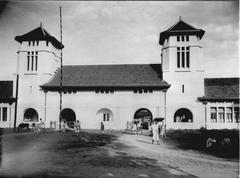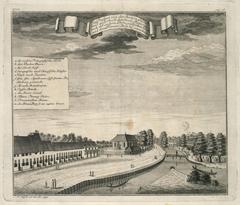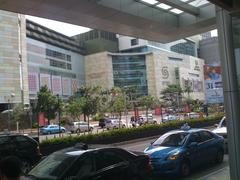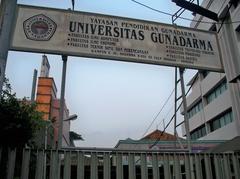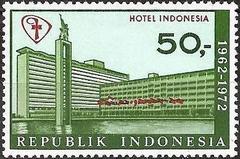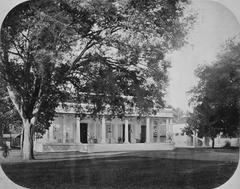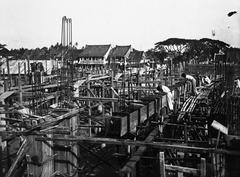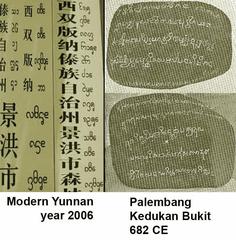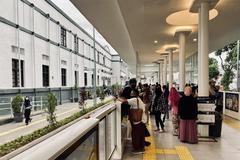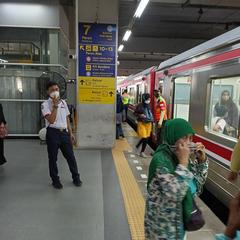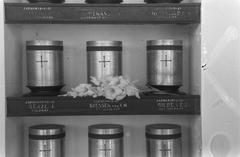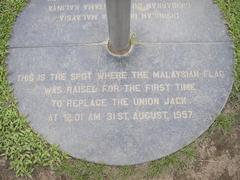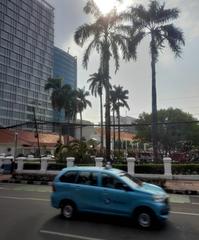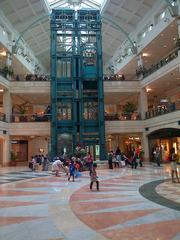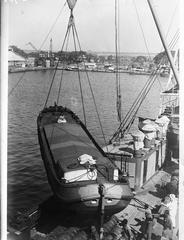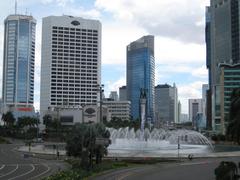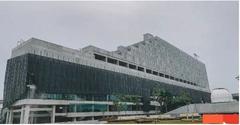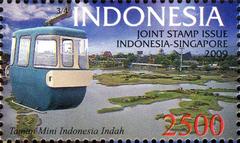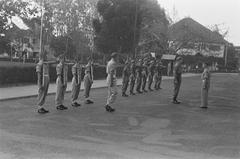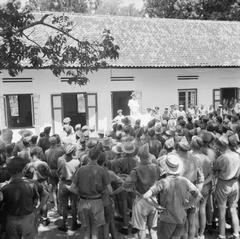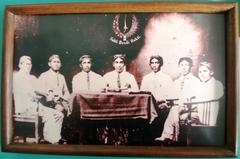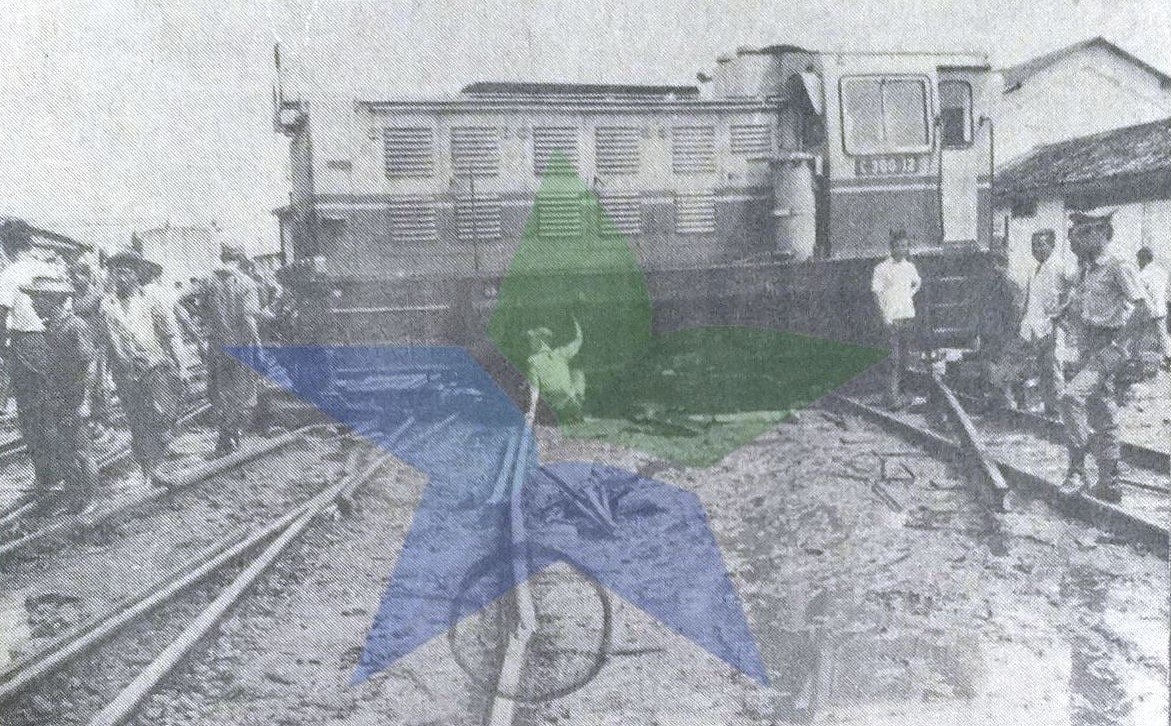
Tanah Abang Railway Station Jakarta: Visiting Hours, Tickets, and Travel Guide
Date: 14/06/2025
Introduction
Tanah Abang Railway Station stands at the heart of Jakarta, Indonesia, as a dynamic and historic transit hub. First established in the late 19th century during the Dutch colonial era, the station has evolved into a modern interchange, connecting commuters to the expansive Tanah Abang Market—Southeast Asia’s largest textile and garment wholesale center. Recent modernization has transformed Tanah Abang into a cornerstone of Jakarta’s urban mobility, offering seamless integration with the KRL Commuter Line, TransJakarta, and other transport options. This comprehensive guide covers the station’s history, facilities, visiting hours, ticketing, accessibility, nearby attractions, and travel tips to ensure a smooth and enjoyable visit. (Holidify; Wikipedia; Smart City Jakarta)
Table of Contents
- Historical Development of Tanah Abang Railway Station
- Modernization Initiatives and Recent Developments
- Practical Visitor Information
- Nearby Attractions: Tanah Abang Market & Market Monument
- Frequently Asked Questions (FAQ)
- Summary and Final Tips
- References
Historical Development of Tanah Abang Railway Station
Colonial Beginnings and Early Growth
Tanah Abang Railway Station traces its roots to 1899, forming a key node in Batavia’s (now Jakarta) growing rail network. The construction of the station was pivotal for connecting the city’s commercial districts and the bustling Tanah Abang Market, which itself dates back to 1735. With the introduction of horse-drawn and steam trams in the late 19th century, Tanah Abang became essential for traders and buyers, accelerating its rise as a commercial and transport center. (Smart City Jakarta; Holidify)
Post-Independence Expansion and Urban Integration
After Indonesia’s independence, rapid urban growth spurred major upgrades to the station. The integration of KRL Commuter Line services and public buses cemented Tanah Abang’s importance as a commuter hub, directly supporting the growth of the nearby market, which now houses over 13,000 kiosks and attracts tens of thousands of shoppers daily. (Wikipedia)
Modernization Initiatives and Recent Developments
Infrastructure Upgrades and New Station Building
In response to surging demand, Tanah Abang Station underwent significant upgrades. The current two-story main building, opened in 1997, features escalators and passenger bridges. A massive expansion project launched in 2023 aims to triple daily passenger capacity from 100,000 to 300,000 and will deliver a new, modern station building with expanded amenities and improved passenger flow. As of mid-2025, the bulk of construction is operational, with some finishing work ongoing. (REDigest; Kompas; VOI)
Platform and Accessibility Improvements
The platform count increased from two to four, with six tracks now serving the station. Wider platforms, new Schindler-brand escalators, elevators, tactile paving, and improved pedestrian bridges have been installed, enhancing accessibility for all passengers. The integration with the Tanah Abang Skybridge allows safe, direct access to the market and public transport. Some areas remain under construction, with roofing and other amenities being finalized. (REDigest)
Multimodal and Urban Connectivity
Tanah Abang is a linchpin in Jakarta’s urban mobility, serving the KRL Commuter Line (Green/Rangkasbitung and Yellow/Cikarang Loop), and offering easy transfers to TransJakarta, angkots, and ride-hailing services. The station’s proximity to BNI City Station enables direct airport access via the Airport Railink. Upgraded pedestrian facilities, new plazas, widened roads, and enhanced signage further integrate the station within Jakarta’s urban landscape. (Jakarta Travel Guide; Transport for Jakarta Urban Railway Map)
Practical Visitor Information
Visiting Hours
- Daily: 04:00 AM – 11:00 PM
- Check the KRL CommuterLine website or KAI Access app for real-time updates, especially on holidays and during special events.
Ticketing Options
- Where to Buy: Ticket counters, automated vending machines, and the KAI Access app.
- Payment Methods: Cash, e-money cards (contactless), and mobile payments.
- Passes: Multi-trip cards and monthly passes available for frequent users.
Station Facilities
- Waiting Areas: Spacious, air-conditioned halls with digital displays.
- Accessibility: Elevators, ramps, tactile paving, and accessible restrooms.
- Food & Retail: Shops, food stalls, convenience stores, and prayer rooms.
- Security: CCTV, uniformed staff, and clear emergency routes.
Travel Tips
- Avoid Peak Hours: Visit mid-morning or mid-afternoon for a more relaxed experience.
- Use Cashless Payments: Faster and safer for both ticketing and shopping.
- Stay Alert: Secure your belongings, especially during busy periods.
- Follow Signage: Construction zones may result in temporary wayfinding changes.
- Accessibility: Elevators and ramps are available; contact staff for assistance as needed.
Nearby Attractions: Tanah Abang Market & Market Monument
Pasar Tanah Abang (Tanah Abang Market)
- Highlights: The largest textile and garment wholesale market in Southeast Asia with over 13,000 kiosks.
- Tips: Visit early for the best deals and lighter crowds. Read the Indoindians shopping guide for practical tips.
Tanah Abang Market Monument
- Significance: Celebrates Jakarta’s trading heritage and the entrepreneurial spirit of local merchants.
- Visiting Hours: 08:00 – 16:00 WIB, daily. Free entry.
- Getting There: A 5–10 minute walk from the station via a dedicated pedestrian bridge; signage is clear and paths are accessible.
- Features: Informational plaques, Indonesian design motifs, and occasional cultural events.
- Accessibility: Ramps, elevators, and accessible paths throughout.
Other Nearby Attractions
- Textile Museum: Learn about batik and traditional textiles.
- Kampung Bali: Explore Jakarta’s cultural diversity.
- Jalan Sabang: Discover a vibrant culinary scene.
Frequently Asked Questions (FAQ)
Q: What are the station’s operating hours?
A: 04:00 AM – 11:00 PM daily. Confirm via official apps or website for updates.
Q: How can I buy tickets?
A: At the station counters, vending machines, or via the KAI Access app; e-money/contactless payments recommended.
Q: Is the station wheelchair accessible?
A: Yes, with elevators, ramps, tactile paving, and accessible restrooms.
Q: What attractions are nearby?
A: Tanah Abang Market, Market Monument, Textile Museum, and more.
Q: Is there a fee to visit the Market Monument?
A: No, entry is free.
Q: How do I get to the airport from Tanah Abang?
A: Walk to BNI City Station for the Airport Railink to Soekarno-Hatta International Airport.
Summary and Final Tips
Tanah Abang Railway Station exemplifies Jakarta’s blend of historic legacy and modern urban development. Its ongoing upgrades—expanded platforms, enhanced accessibility, and multimodal integration—position it as a pivotal hub for both commuters and visitors. The station connects directly to the vibrant Tanah Abang Market and the culturally significant Market Monument, offering unique opportunities to explore Jakarta’s trade culture and textile heritage. For the smoothest experience, plan your visit during off-peak hours, utilize official apps for updates, and take advantage of the station’s modern amenities. (REDigest; Kompas)
For real-time schedules, ticketing, and travel tips:
- Use the KAI Access app
- Visit the KRL CommuterLine website
- Refer to the Jakarta Tourism Official Site for cultural events and updates
References
- Tanah Abang Market Sightseeing – Holidify
- Tanah Abang Railway Station – Wikipedia
- Jakarta Travel Guide – Tanah Abang Station
- REDigest: New Station Building
- Kompas: Station Expansion
- VOI: Expansion Project
- Smart City Jakarta: Transport History
- Indoindians: Shopping at Pasar Tanah Abang
- KRL CommuterLine Official Website
- Jakarta Travel Guide: BNI City Station
- Jakarta Tourism Official Site
- Transport for Jakarta Urban Railway Map

